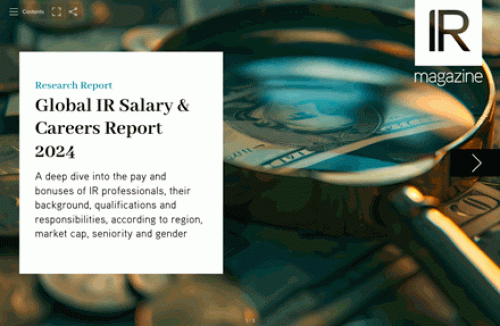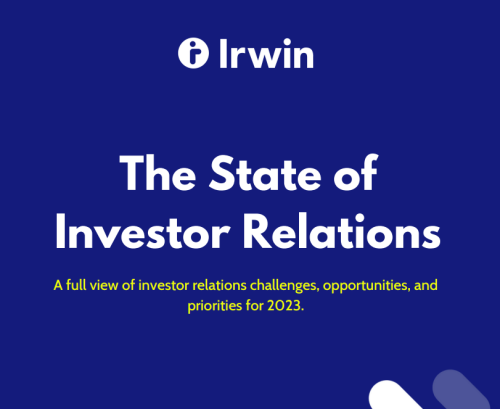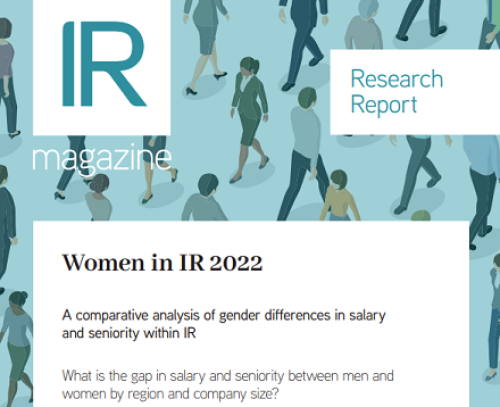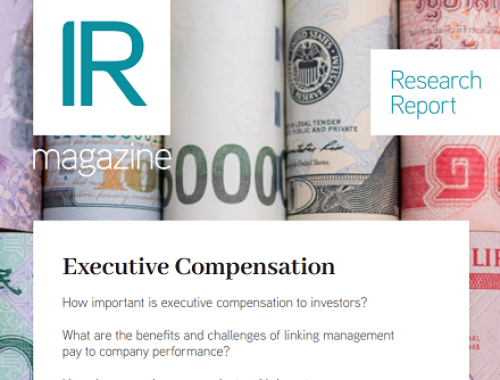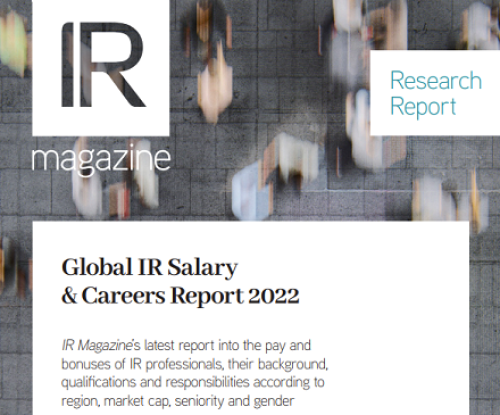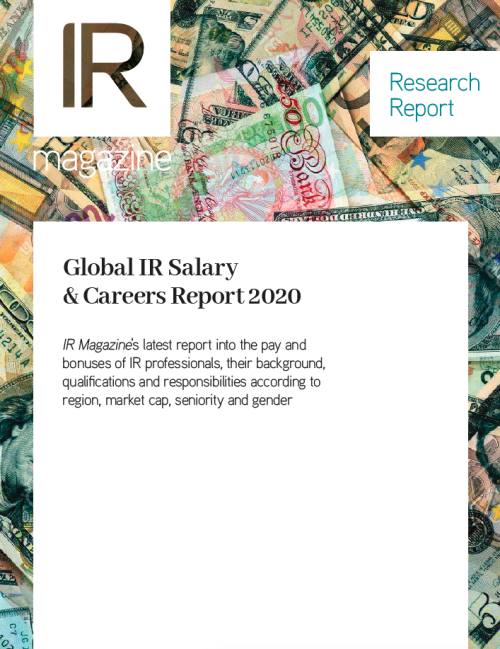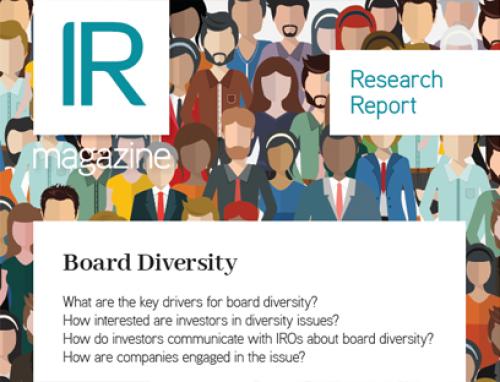While the number of IR professionals joining the C-suite has grown steadily over the years, it remains a relatively rare occurrence. This June, however, a string of IR leaders have made the step up to a CFO role in the US market.
Ingersoll Rand, the large-cap producer of industrial equipment, has promoted Vikram Kini from head of IR and financial planning & analysis to CFO. Over the last 10 years, Kini has held a range of senior finance roles at Gardner Denver, which merged with the Ingersoll Rand Industrial segment in March.
Brunswick Corporation, a global manufacturer of marine products, has appointed Ryan Gwillim as its new finance chief. Gwillim most recently held the role of vice president of finance & treasurer, but served as vice president of IR between 2017 and 2019.
Finally, Agilysys has moved Dave Wood, formerly vice president of corporate strategy and IR, into the finance hot seat. He has worked at the $500 mn software company for around 10 years in finance roles of increasing seniority.
Well positioned
Senior IROs are increasingly well positioned to take on a CFO position, either at a business unit or for the whole company, depending on their earlier experience, says Peter McDermott, senior client partner for global corporate affairs and investor relations at Korn Ferry.
He says the growing number of IR heads who manage other areas, such as M&A, financial planning & analysis or corporate development, shows the caliber of individuals in the profession today.
McDermott says it’s now common for companies to hire IR professionals with a clear sense of potential future roles they can perform. ‘In the last couple of years, every single IR assignment we’ve worked on has included a discussion around succession planning into another function,’ he notes.
In one example, an IR executive was hired with the understanding she would become CFO of at least a business unit within the next five years, McDermott adds.
Route to CFO
Like many current or former IR professionals, Gwillim didn’t plan to enter investor relations. But the department ended up providing a key stage on his journey to CFO.
While a university student, Gwillim completed studies in both accountancy and law before taking a job as an associate with Baker McKenzie, the global law firm. ‘I always envisioned practicing law or doing something in the financial world that would leverage both my legal and financial background,’ he says.
In 2011 Gwillim joined Brunswick Corporation, which had been a corporate client at Baker McKenzie. Over the next six years, he held a number of roles within the legal team before being asked by former CFO William Metzger to take over IR. Gwillim told Metzger he wasn’t exactly sure what IR entailed but was ready to give it his best shot.
Two years later, Brunswick promoted him to a position overseeing IR along with treasury and M&A. ‘That was a move to get me to see as much of the finance department as I could,’ Gwillim explains. ‘And then, through a highly orchestrated succession process, which Brunswick is pretty well known for, Bill [Metzger] announced his retirement and the firm announced my appointment.’
For those who want to be a public company CFO, an IR background is ‘crucially important,’ says Gwillim. ‘You learn how investors and analysts think, you get an insight into the capital markets, and you learn the blocking and tackling behind how companies set their guidance and how investors create their models accordingly.’
As CFO, he says he will treat IR as a department for rising stars in the company. ‘I would like someone in that chair who has significant upward mobility in the finance organization, as well as just the organization as a whole.’

